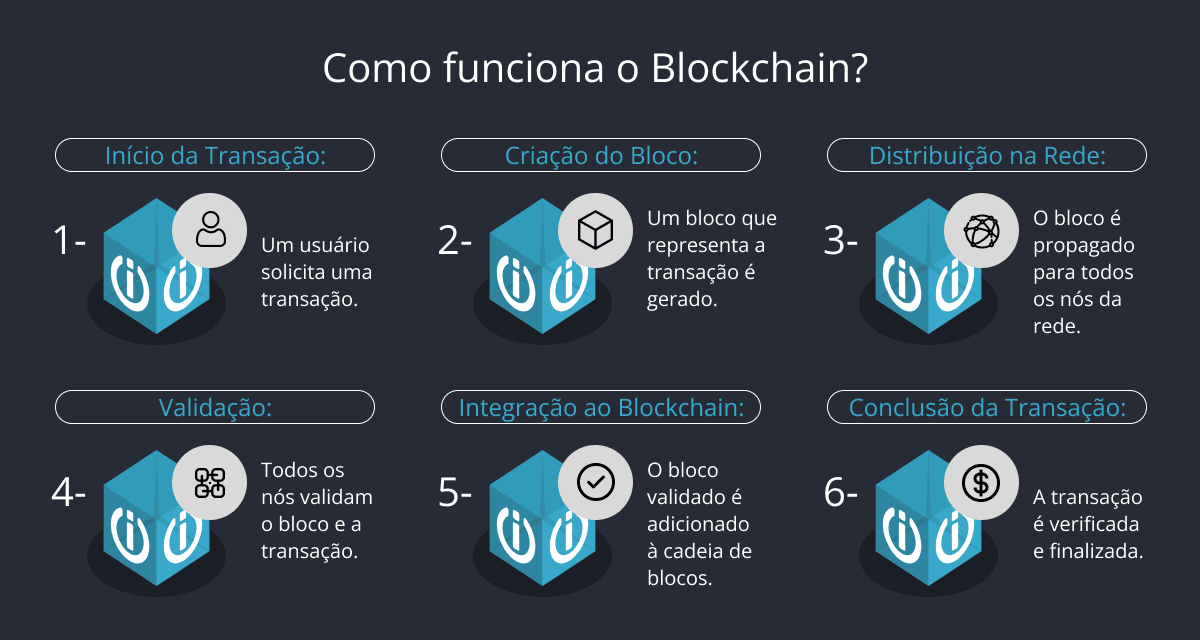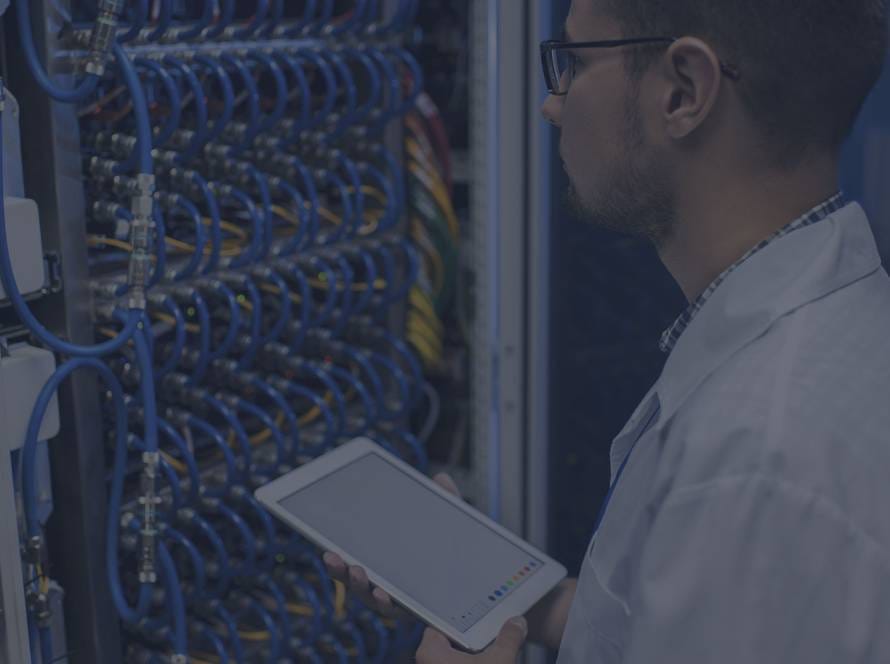Everything we have or do today depends on a supply chain.
However, with technological developments, especially the introduction of blockchain into the supply chain, these steps have become even more traceable and secure.
From the moment we wake up until we go to bed, we depend on countless chains, each representing a set of processes.
The misto quente you order at the bakery counter, for example, has at least three ingredients, and each has its own supply chain.
There are three chains, all in agribusiness: one in the dairy sector, which supplies the cheese; one in livestock, which delivers the ham; and one in agriculture, responsible for the wheat.
From obtaining the raw materials until they reach the counter, these three components go through intermediate processes that require a wide range of controls and records.
The origin of the inputs, the qualifications of the manufacturer, the packaging, the transporters, inspection certifications and a multitude of other items that until recently could only be checked by checking paper documents sent with the goods.
This has changed with the introduction of blockchain in the supply chain, which makes it possible to create an immutable record through which details of all the stages of a process can be checked and any flaws in it located.
In terms of deadlines, schedules, procedures and any other documentable characteristics.

Technology within the reach of all sectors
The adoption of blockchain in the supply chain is rapidly expanding to various economic sectors, such as pharmaceuticals, agribusiness, food, automotive and aerospace.
This complex technology works like a cash book, where everything that enters and leaves a company is recorded.
But a distributed, decentralized ledger in which the records or groups of records are called “blocks”.
In a very simplified explanation, each block contains a hash of the previous block, a timestamp and the transaction data.
Any change to a block invalidates the hash that the next block has stored and therefore breaks the chain, exposing an error.
The use of blockchain in the supply chain had its first application with Bitcoin, the first of the cryptocurrencies.
Around 2016, several corporations began to adopt it as a tracking and auditing solution.
Among them, Walmart and Amazon.
One of the main applications is in food companies, which can now have end-to-end visibility of their supply chains and audit immutable records to track products almost instantly.
Not only them, but also their partners can identify, for example, a source of contamination and thus accurately locate customers who have received faulty products.
This makes it possible to reduce financial losses by discarding only the affected products, which benefits the brand’s reputation.
Advantages and security of using blockchain
This solution offers clear advantages, such as saving time by reducing the intervals for completing transactions from days to minutes.
Settlement of transactions also becomes faster, mainly because it doesn’t require verification by a central authority.
Another advantage of blockchain in the supply chain is the obvious reduction in costs, since transactions integrated into blockchains need less supervision – participants can even exchange items of value directly with each other.
Finally, the blockchain’s security features protect it against tampering, fraud and other cybercrime.
Even governments can benefit from the application of blockchain in supply chains for internal services or for citizens.
Serpro, the Brazilian federal government’s technology company, currently has at least three systems in production using blockchain, one of which is B-Cadastros, a network for sharing IRS databases with states, municipalities and public administration bodies.
They have developed all these systems on the DLT Hyperledger Fabric, an open source blockchain platform used to create applications and solutions for third parties.
A IBM originally created it in 2015, and now the Linux Foundation hosts it.
Traceability and assurance with blockchain in the supply chain
All these security features have led companies like Nestlé, for example, to adopt blockchain to ensure transparency in their supply chain.
Using Hyperledger Fabric to integrate partners, the company can easily offer information about the entire chain.
In 2020, it launched special editions of Zoégas whole beans and roasted and ground coffee in Sweden, in its “Summer 2020” range.
The coffee, of the Arabica variety, was sourced from Brazil, Rwanda and Colombia, with beans 100% certified by The Rainforest Alliance.
Consumers could trace the coffee back to its different origins, checking where the coffee they had bought came from, using data stored on a blockchain.
Although it is an advanced, complex and disruptive technology, blockchain in the supply chain continues to evolve and there are startups working to make its applications ever more numerous.
One of them, the US company Rivetz, is applying blockchain to the security of smartphone applications.
The company’s bet is that the smartphone will become the largest repository of private keys in the blockchain economy, and in this ecosystem, this “end device” is potentially a weak link.
The company’s platform validates “known devices” and the “Know Your Customer” requirements necessary for secure transactions.
With this feature, the expectation is that one day all financial transactions made with smartphones will be 100% secure.
Did you like this content?
If you found this article useful and want to delve into more topics related to security, connectivity and technological innovations, explore other articles on the Huge Networks blog.

